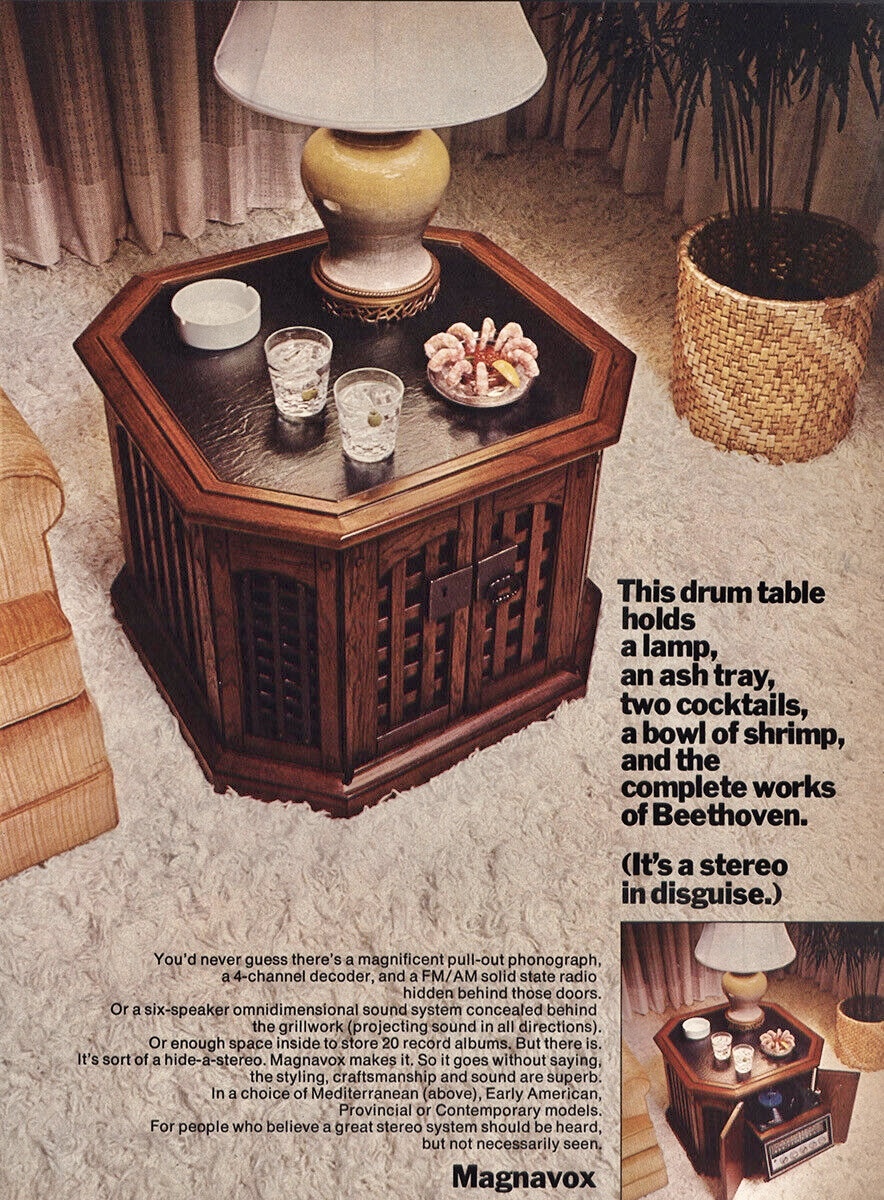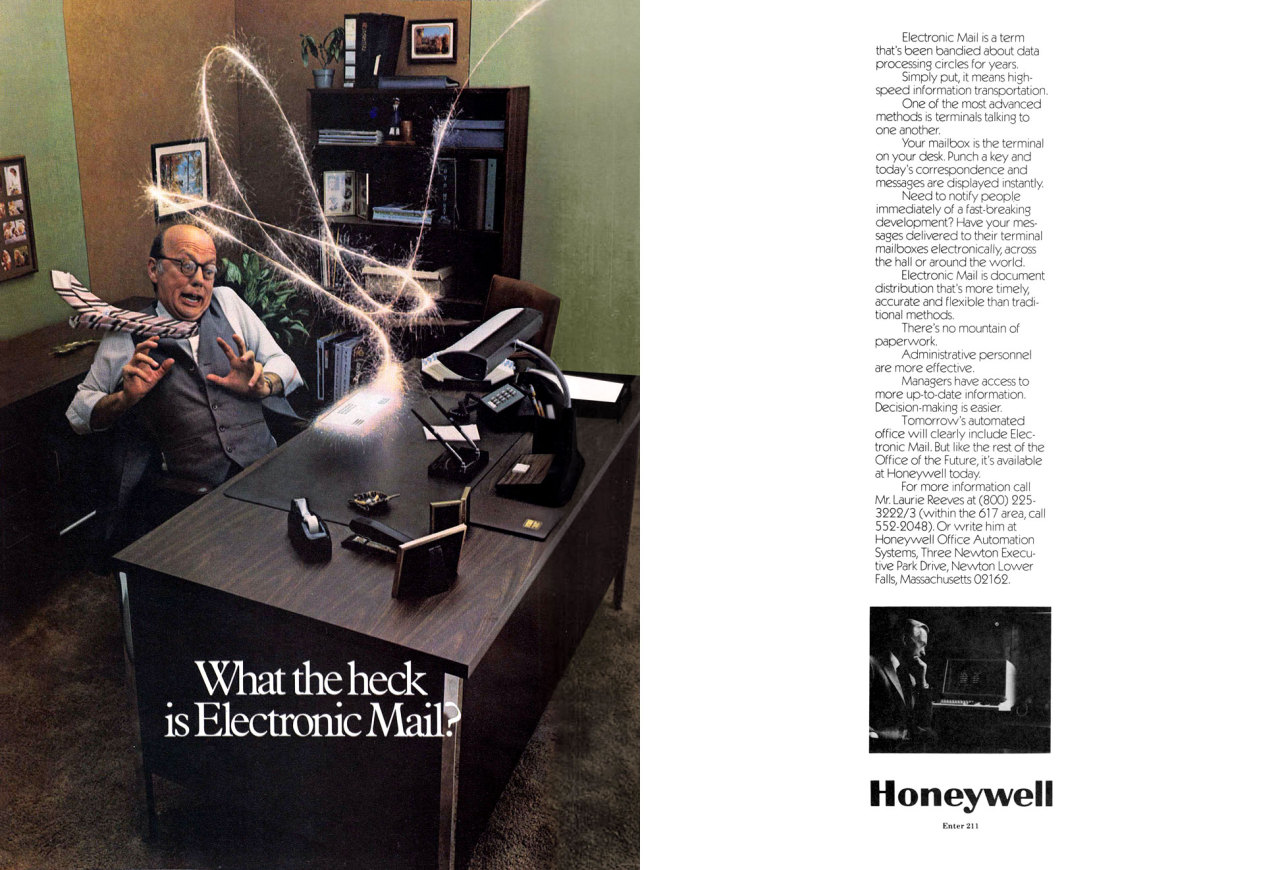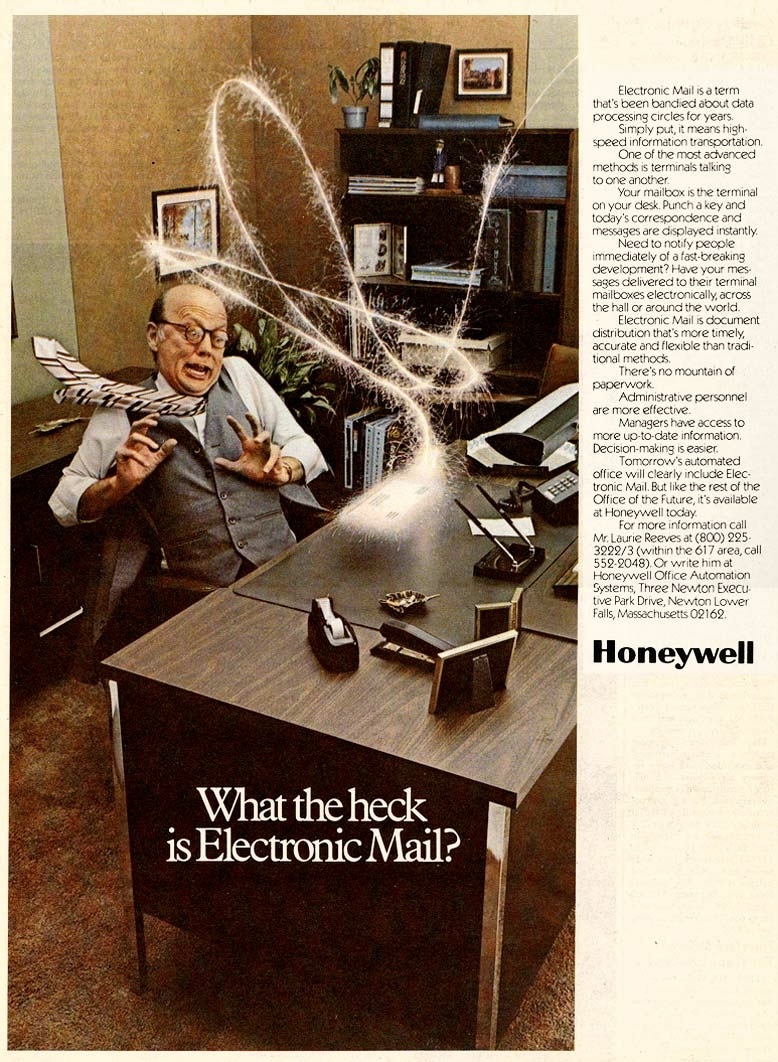Vintage and Retro Ads, Promos, Fliers, Etc.
1525 readers
1 users here now
For sharing images of vintage magazine ads, fliers, promos, etc.
We're going to play it pretty loose with timeframe here so please don't get offended anyone :)
Be nice. All instance rules apply.
Rules:
- Be respectful. Everyone should feel welcome here.
- No bigotry - including racism, sexism, ableism, homophobia, transphobia, or xenophobia.
- No Ads / Spamming.
- No pornography.
Règles :
- Soyez respectueux. Tout le monde doit se sentir le bienvenu ici.
- Pas de bigoterie - y compris le racisme, le sexisme, le capacitisme, l’homophobie, la transphobie ou la xénophobie.
- Pas de publicités / Pas de spam.
- Pas de pornographie.
founded 2 years ago
MODERATORS
1
2
3
4
5
7
8
9
10
11
12
13
14
15
16
17
18
19
20
21
22
23
24
25
view more: next ›

























